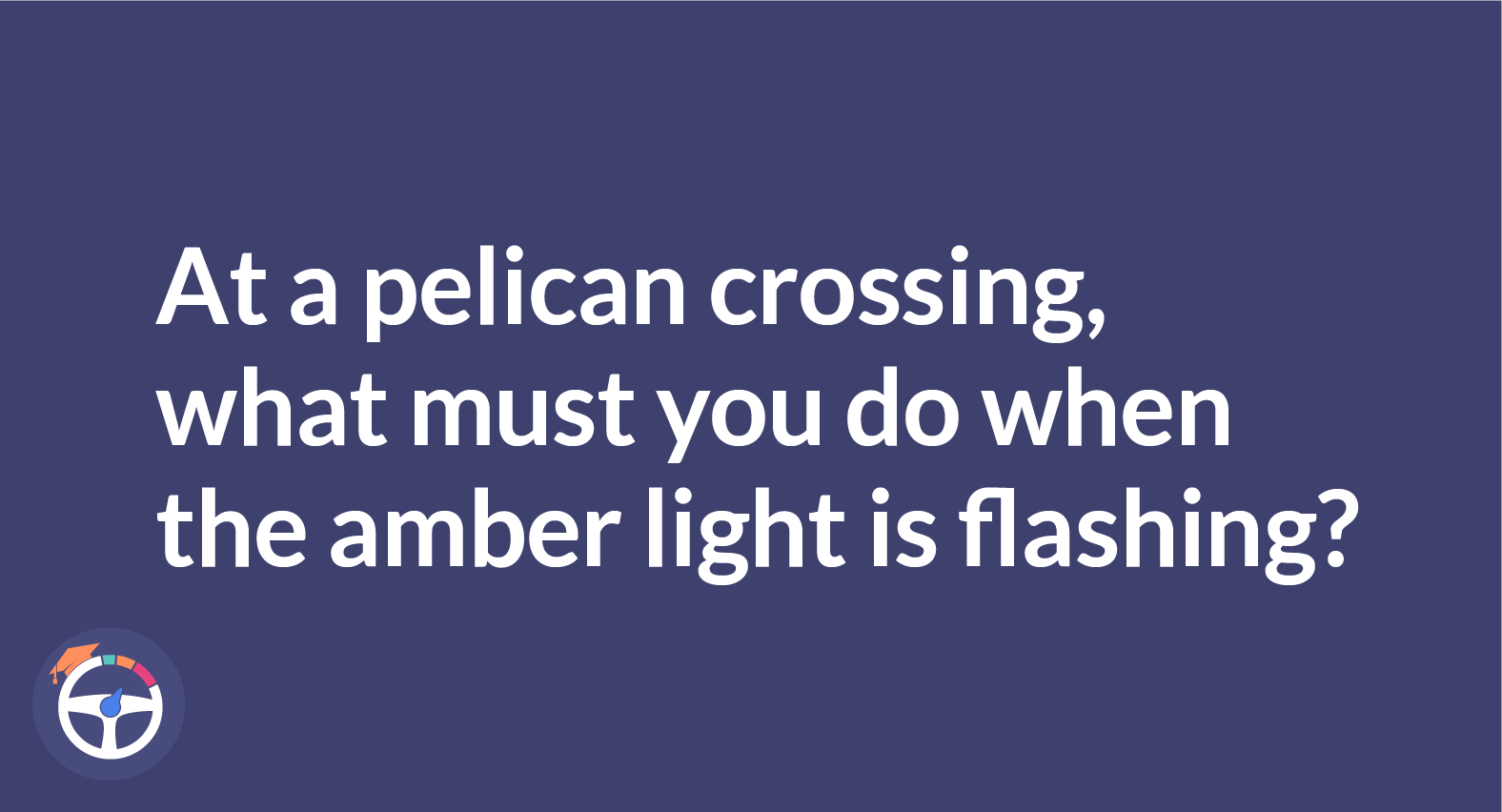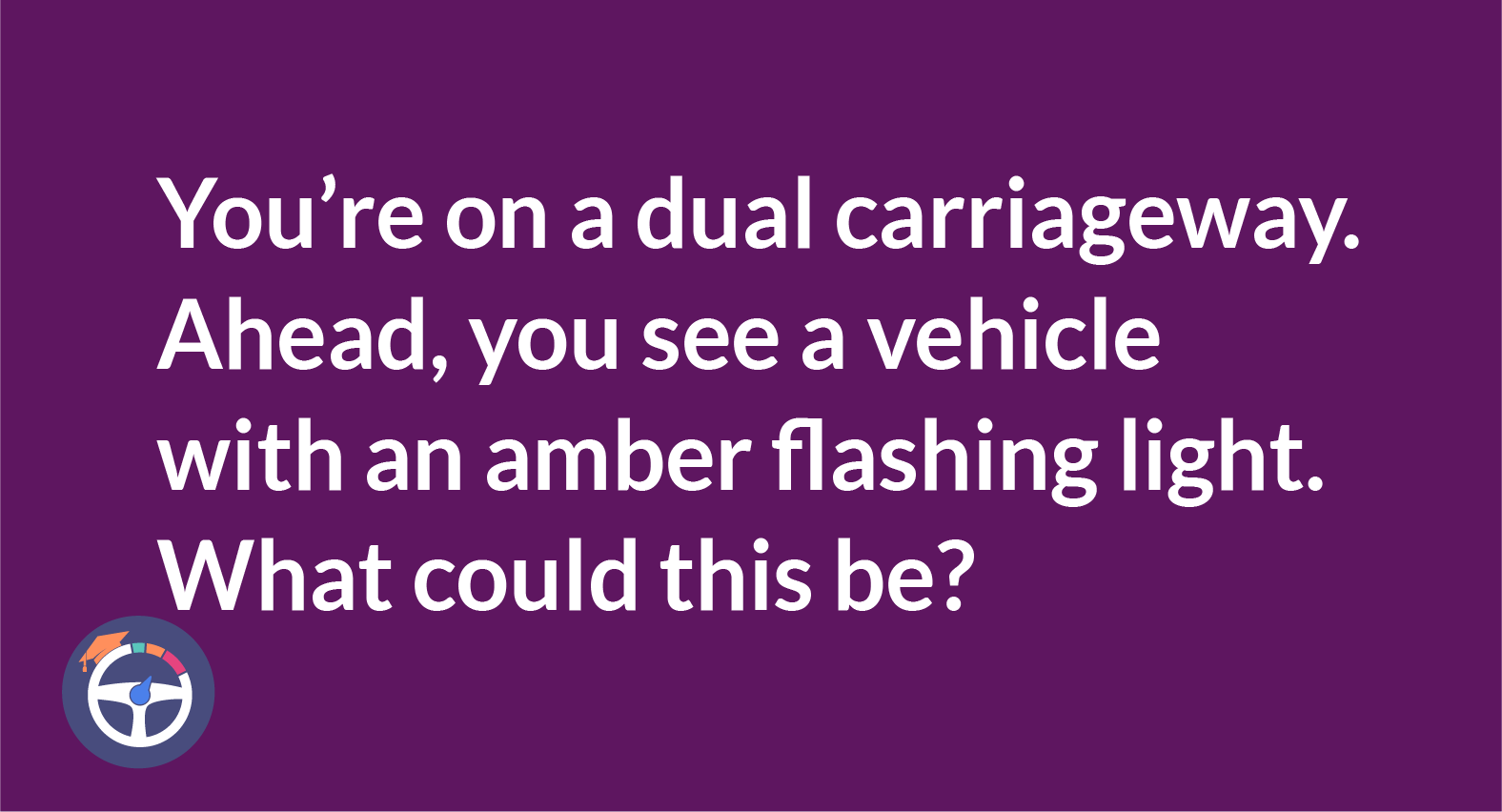What does it mean when the amber light shows on its own?
By Umme Hani on Sep 23, 2024Contents
- What does it mean when the amber light shows on its own?
- The Amber Light: A Signal to Stop
- Why Stopping Matters
- Avoiding Reckless Behavior
- Legal Implications
- That’s A Wrap!
- FAQ
- Can I speed up when I see the amber light to make it through the intersection before it turns red?
- What should I do if I'm already in the intersection when the amber light comes on?
- Are there any exceptions to stopping at the amber light?
- How do amber lights contribute to road safety?
- What should pedestrians do when they see the amber light at a traffic signal?
When you're cruising down the road and suddenly, the traffic light ahead turns amber, what does it mean? In this guide, we'll explore the significance of the amber light at traffic signals, especially when it appears on its own.
The Amber Light: A Signal to Stop
Picture this: you're approaching an intersection, and the traffic light changes from green to amber. What should you do? Well, the answer is simple: stop at the stop line. The appearance of the steady amber light on its own is a warning sign indicating that the signal is about to change. It's your cue to slow down and prepare to come to a halt.
Why Stopping Matters
Stopping at the stop line when the amber light shows is not just a suggestion; it's a rule of the road. By obeying this signal, you're ensuring your safety and the safety of others around you. It gives you time to assess the situation and react accordingly, preventing potential accidents or collisions.
Avoiding Reckless Behavior
Some drivers might be tempted to speed up when they see the amber light, hoping to make it through the intersection before it turns red. However, this is a dangerous and reckless move. It not only puts you at risk but also jeopardizes the safety of pedestrians and other road users.
Legal Implications
In the UK, failing to stop at an amber light when it's safe to do so can result in penalties, including fines and penalty points on your license. So, it's essential to adhere to traffic signals and obey the law to avoid any legal consequences.
That's A Wrap!
When you encounter an amber light at a traffic signal, remember to stop at the stop line. It's a simple yet critical rule that can prevent accidents and keep our roads safe for everyone. So, the next time you see that amber glow, don't hesitate to hit the brakes and prioritize safety above all else.
FAQ
1. Can I speed up when I see the amber light to make it through the intersection before it turns red?
No, it's unsafe and illegal to accelerate when you see the amber light. The amber light is a signal to prepare to stop, not to speed up.
2. What should I do if I'm already in the intersection when the amber light comes on?
If you've already entered the intersection when the amber light comes on, you should continue through the intersection with caution, ensuring it's safe to do so.
3. Are there any exceptions to stopping at the amber light?
In some situations, such as when stopping suddenly could cause a rear-end collision or when you're too close to the intersection to stop safely, proceeding through the intersection cautiously may be acceptable.
4. How do amber lights contribute to road safety?
Amber lights provide a warning to drivers that the signal is about to change, allowing them to adjust their speed and behavior accordingly. This helps prevent accidents and promotes safer driving practices.
5. What should pedestrians do when they see the amber light at a traffic signal?
Pedestrians should wait for a safe opportunity to cross, ensuring they don't endanger themselves or impede traffic flow. It's essential for pedestrians to obey traffic signals and prioritize their safety.


